Politics through the Lens of Economics
Lecture 13
Collapse of Inclusive Institutions:
Medieval Venice and Ancient Rome
January 15, 2019
Masayuki Kudamatsu
Chapter 6 of Why Nations Fail
Week 13
Chapter 6
Week 11
Chapter 14
United Kingdom
in 19c
United States
in early 20c
Republic of Venice
Roman Republic
Weeks 11-13: Survival of Inclusive Institutions
Botswana
US South
in the 1950s-1960s
Brazil
since the 1970s
Week 12
Chapter 11
Last week's theme:
What makes inclusive institutions survive?
Inclusive
institutions
Rule of laws
Economic growth
with
income equality
Free Media
Today's theme:
How can inclusive institutions collapse?
Medieval Venice
Ancient Rome
Prosperity until 13th century
La Serrata and economic decline since 14th century
Economic growth during the Republic period
Civil wars and economic decline during the Imperial period
Medieval Venice
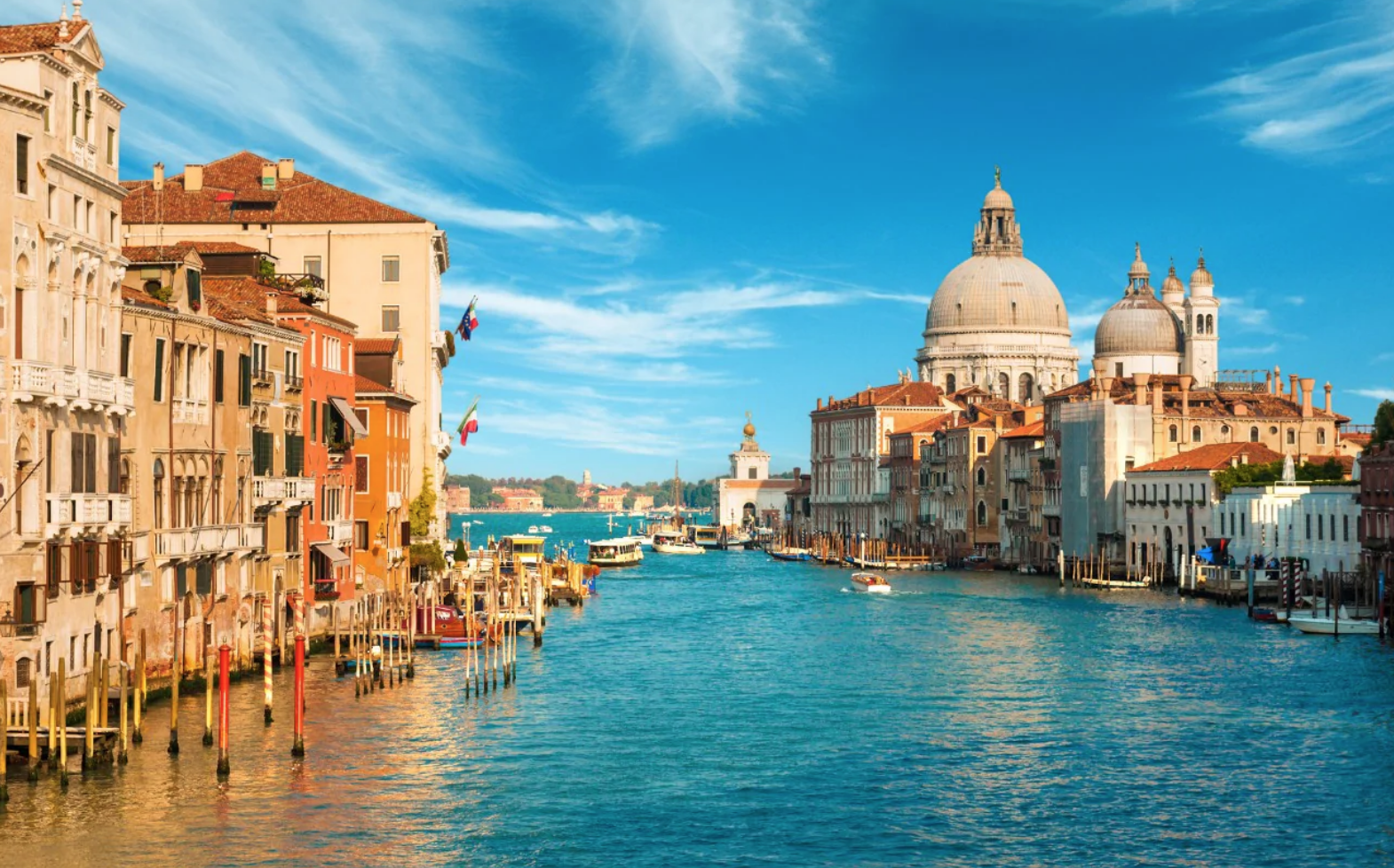
Image source: The Telegraph
This section of the lecture heavily relies on Puga and Trefler (2014)
in addition to pp. 152-158 of Why Nations Fail
Medieval Venice's shipping lanes
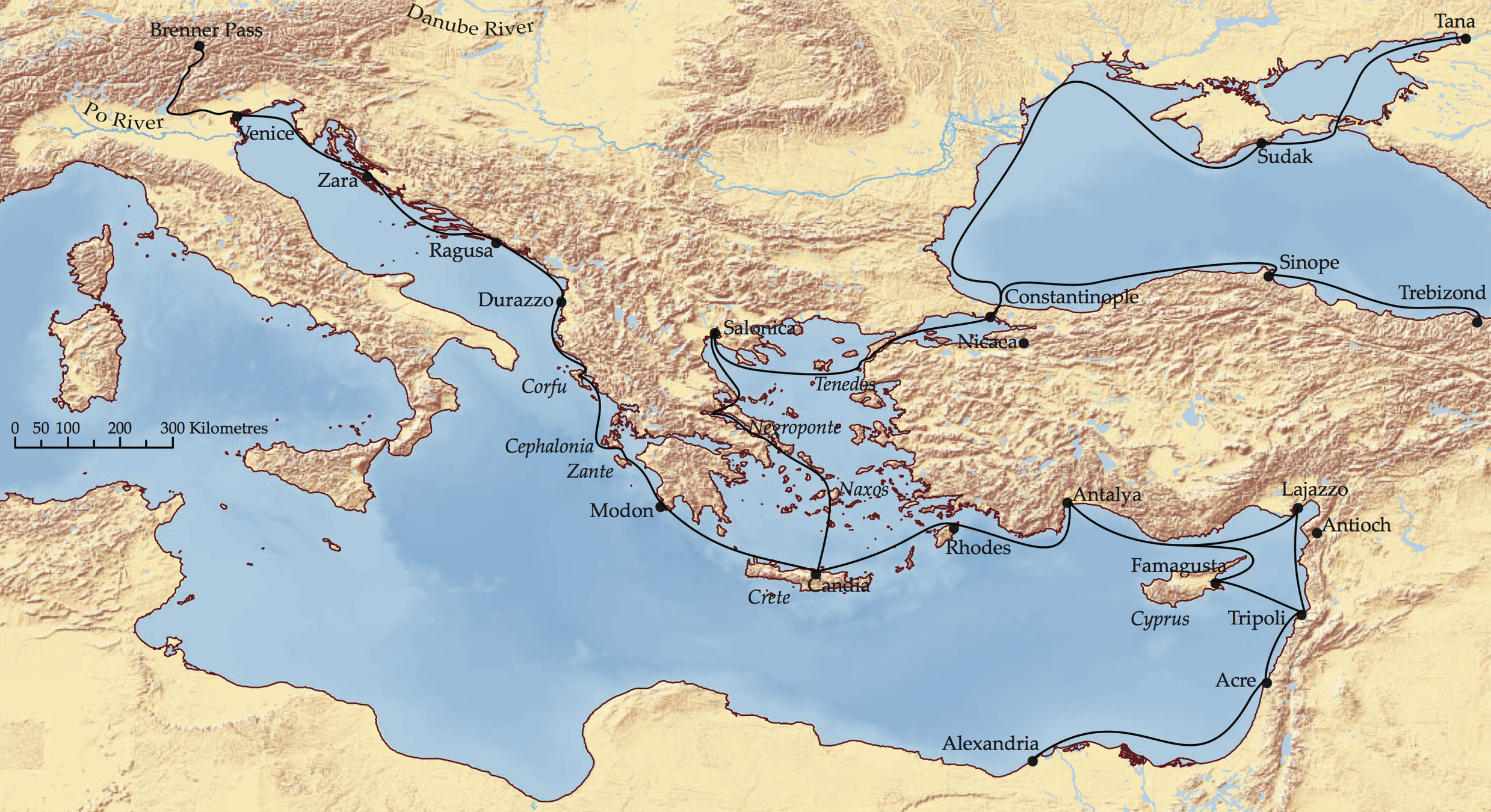
Source: Figure I of Puga and Trefler (2014)
Imported by Venice from the East:
spices (cf. Lecture 8), Byzantine-manufactured goods, slaves
Medieval Venice's prosperity
Population
1050
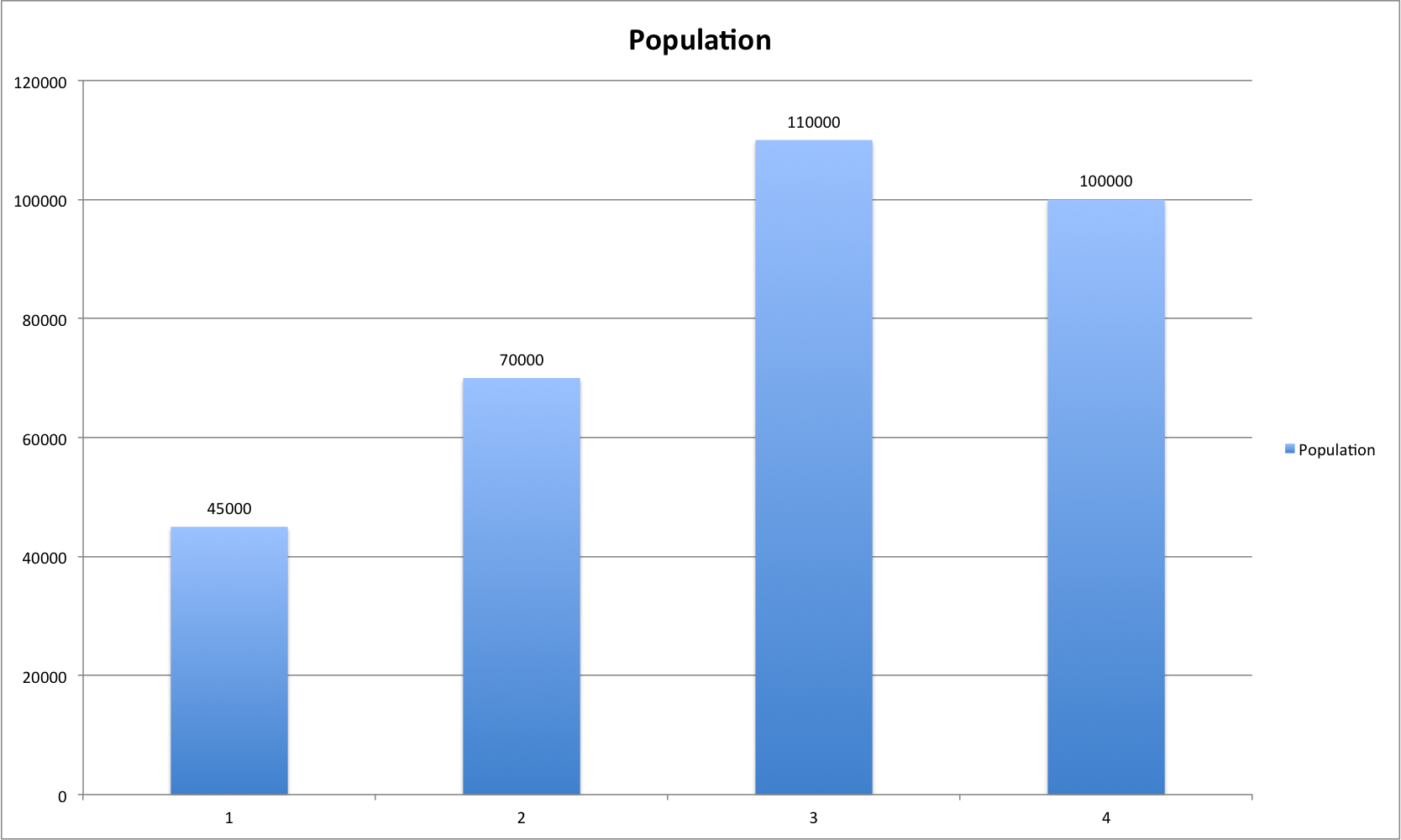
1200
1330
110,000
70,000
45,000
As big as Paris
3 times as big as London
Inclusive Economic Institutions
Economic Growth
Inclusive Political Institutions
Is this a result of inclusive economic institutions?
?
Economic institutions of medieval Venice
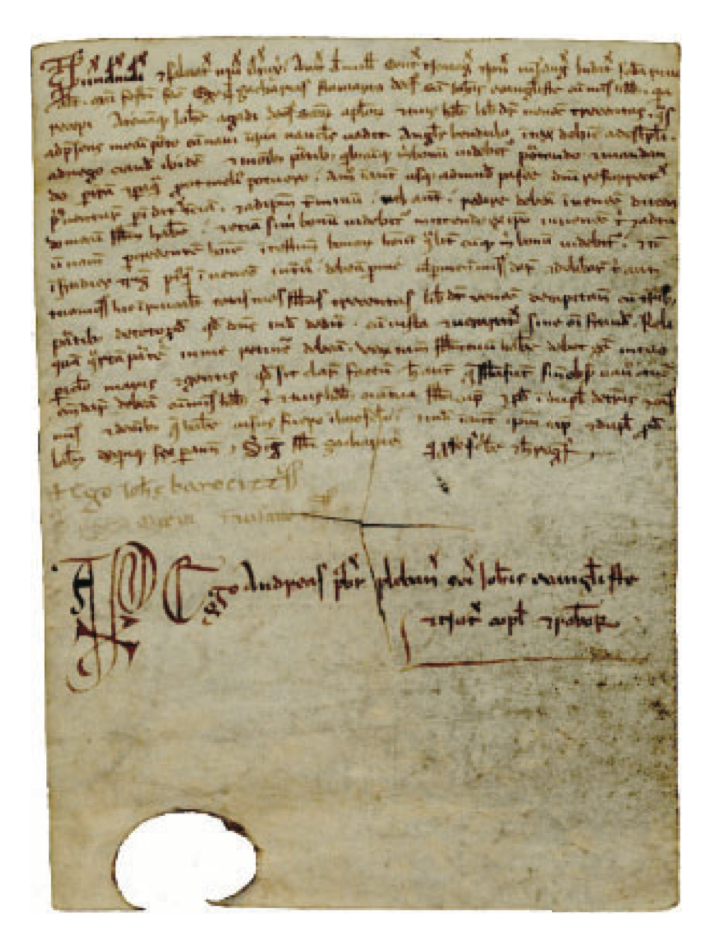
Source: Figure III of Puga and Trefler (2014)
Commenda contract signed by Zaccaria Stagnario and Giovanni Agadi in August 1199
Commenda (a kind of joint stock company)
Sedentary partner
(stays in Venice)
Traveling partner
(sails to the East)
Joint
venture
capital
travel with merchandise
Profits
75%
25%
Loss
100%
Economic institutions of medieval Venice (cont.)
How a commenda contract works
Poor merchants could make a fortune out of commenda
| economic institutions | ||
|---|---|---|
| Secure for everyone |
Property rights | Insecure for majority of people |
| Free | Occupational choice |
Forced labor |
| Free | Entry of new businesses | Prevented by monopolies |
| Unbiased | System of laws | Biased for the powerful/rich |
| Promoted | Public service provision | Discouraged |
Economic Institutions
Inclusive
Extractive
Property rights
Secure for everyone
Insecure for
majority of people
Occupational choice
Free
Forced labor
Entry of
new businesses
Free
Prevented by
monopolies
System of laws
Unbiased
Biased for
the powerful / rich
Public service provision
Provided
Limited
That is...
Inclusive Economic Institutions
Economic Growth
Inclusive Political Institutions
Is this a result of inclusive political institutions?
?
Doge of Venice (head of state)
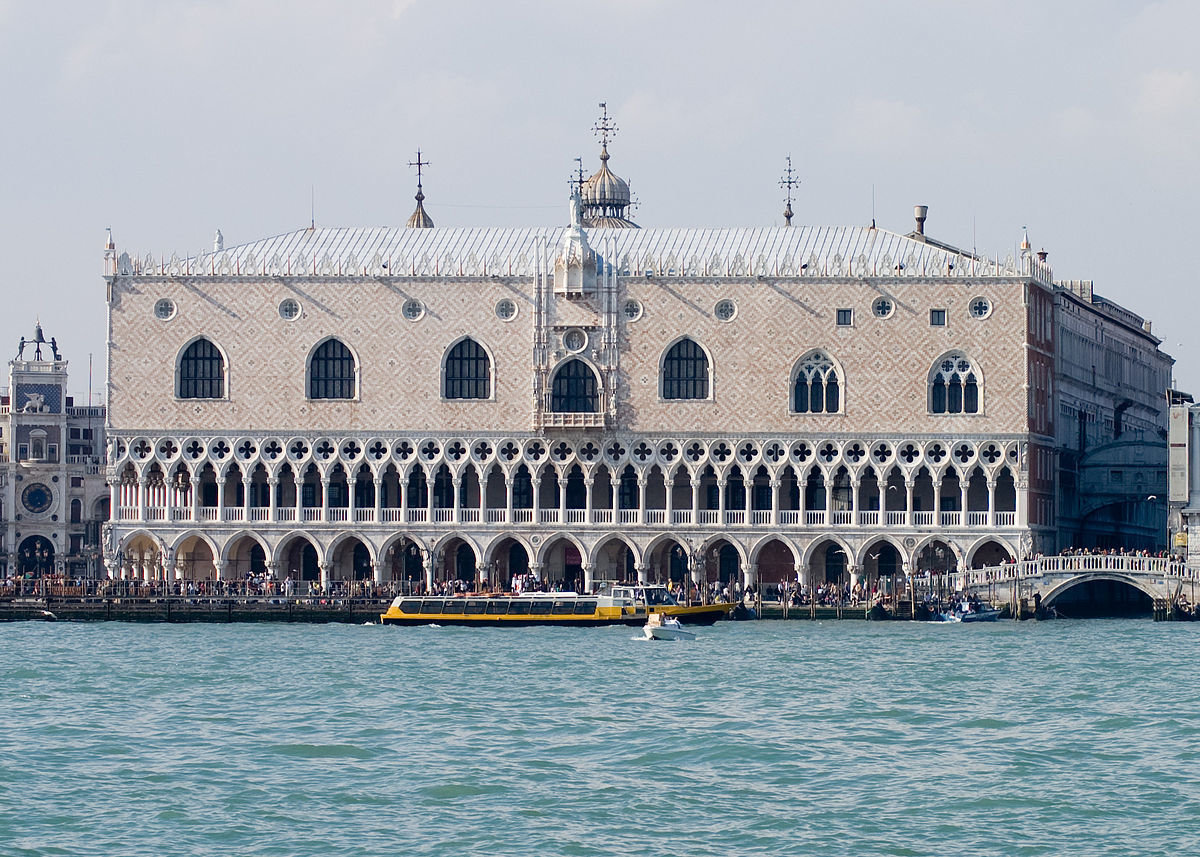
Until 1032
Selected for life by powerful families
Palazzo Ducale (Doge's Palace)
Source: Wikimedia Commons
Doges come from mainly three families during this period

The Participazio
The Candiano
The Orseolo
Source: Figure II of Puga and Trefler (2014)
Political institutions of medieval Venice #1
Doge of Venice (cont.)
From 1032 to 1172
Constitutional constraints imposed on Doge
Dynastic succession reduced

Source: Figure II of Puga and Trefler (2014)
1. Not allowed to appoint his successor
2. Required to
consult with two-member Ducal Council
abide by Council's decisions
e.g.

Domenico Flabanico (in office 1032-1043)
Silk merchant
from a family not having high office previously
Source: Venipedia.it
Inclusive
Extractive
Both
Plurality
and
Centralized
State
Either
Absolutist
or
Lack of
Centralization
That is...
Doge of Venice (cont.)
From 1172 to 1297
Constitutional constraints on Doge: strengthened further by
1. Great Council (limited-franchise elected parliament)
2. Ducal Council: expanded to 6-members (elected by Great Council)
3. Oath of office, sworn publicly by Doge to hold, lists what he cannot do
Expropriate state property
Preside over cases against himself
Elect his successor
e.g.
Doge could not do anything without approval of Council
Great Council
from 1172 to 1297
(1) office holders of the Venetian state (e.g. judges)
(2) 100 members nominated each year
by 4 existing members chosen by lot
Made up of

Chamber of Great Council
in Doge's Palace, Venice
Image source: letteraturaartistica.blogspot.com
Political institutions of medieval Venice #2
Great Council (cont.)
Comparison of members between 1261-66 and 1293-96
50 new families
entered the Council in 1293-96
47 out of 162 families:
lost seats in the Council
Many of the other 115 families
lower seat shares in 1293-96
Political power wasn't concentrated in a few families
Inclusive Economic Institutions
Economic Growth
Inclusive Political Institutions
So Medieval Venice's prosperity is a result of:
Inclusive Economic Institutions
Economic Growth
Inclusive Political Institutions
Was Medieval Venice's prosperity sustainable?
?
There is always an incentive for the elite
to restrict the inclusiveness of institutions (cf. Lecture 12)
e.g.
Whigs in early 18c Britain
Franklin Roosevelt's attempt of court-packing in the 1930s
Robber Barons in late 19c US
Collapse of inclusive political institutions
1286
Automatic if father & grandfather were members
Great Council membership became hereditary over time
Otherwise required to be approved by Council of Forty
(i.e. families in Council for two generations or more)
1297
Automatic if being a member for previous 4 years
1298
Current members require no confirmation
Known as La Serrata (the Closure of Venice)
Inclusive
Extractive
Both
Plurality
and
Centralized
State
Either
Absolutist
or
Lack of
Centralization
That is...
Collapse of inclusive economic institutions
Galley ships
source: Section V.C of Puga and Trefler (2014)
Shipment of wares worth more than a merchant's wealth
Banned in 1324 (by a law called Capitulare Navigantium)
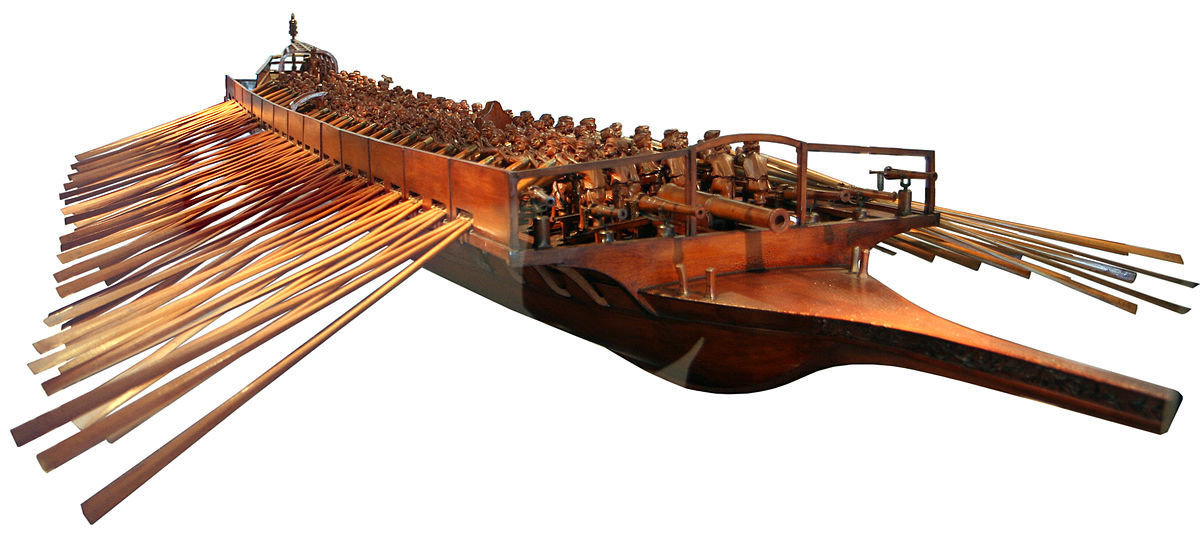
Nationalized and auctioned off to nobles only since 1321
Fast to escape from pirates
But small cargos
Best for valuable lightweight goods (silk, spice etc.)
Image source: Wikimedia Commons
source: Table I of Puga and Trefler (2014)
1073-1200
1201-1220
1221-1240
1241-1261
1310-1323
1324-1330
1331-1342
65
63
79
59
81
21
12
27
24
42
30
# of
surviving
commenda
# of commenda involving
those without Council seats
in 1261-1323
42%
38%
53%
51%
Collapse of inclusive economic institutions (cont.)
22
1
0
27%
5%
0%
La Serrata
| economic institutions | ||
|---|---|---|
| Secure for everyone |
Property rights | Insecure for majority of people |
| Free | Occupational choice |
Forced labor |
| Free | Entry of new businesses | Prevented by monopolies |
| Unbiased | System of laws | Biased for the powerful/rich |
| Promoted | Public service provision | Discouraged |
Economic Institutions
Inclusive
Extractive
Property rights
Secure for everyone
Insecure for
majority of people
Occupational choice
Free
Forced labor
Entry of
new businesses
Free
Prevented by
monopolies
System of laws
Unbiased
Biased for
the powerful / rich
Public service provision
Provided
Limited
That is...
Medieval Venice's prosperity
Population
1050

1200
1330
1500
110,000
100,000
70,000
45,000
& decline
Today Venice is a museum

Image source: The Telegraph
Ancient Rome
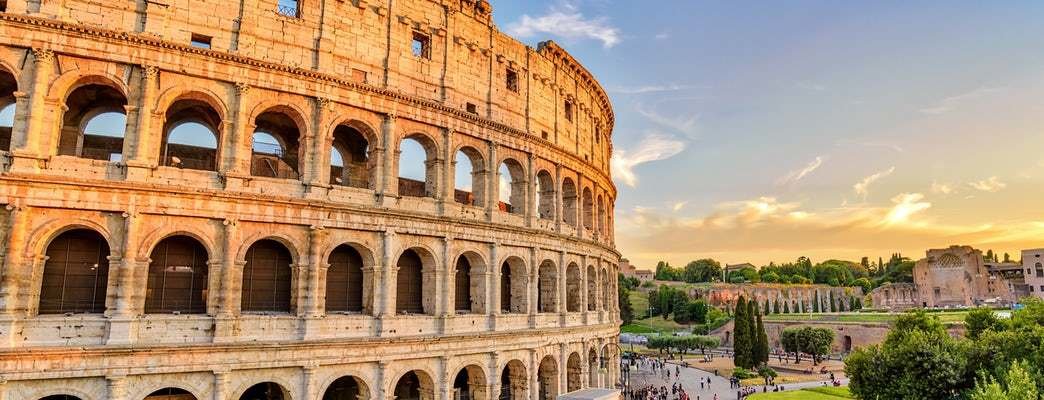
Image source: musement.com
Archaeological evidence #1
Roman Republic's economic growth
# of shipwrecks found in the Mediterranean
Before 500 BC

Image source: ansamed.info
Around AD 1
20
180
Archaeological evidence #2
Roman Republic's economic growth
Image source: NASA Earth Observatory
Amount of lead, silver, copper trapped in Greenland Ice Core

Indicates how much minerals were mined
Silver for coins
Lead for pipes & tablewares
e.g.
Roman Republic's economic growth (cont.)

Rose after 350 BC
Peaked in AD 1c(?)
Source: Figure 3 of McConnel et al. (2018)
Inclusive Economic Institutions
Economic Growth
Inclusive Political Institutions
Is this a result of inclusive institutions?
?
?
None is mentioned in Why Nations Fail...
Roman Republic's inclusive economic institutions
Slaves account for 1/3 of population, though.
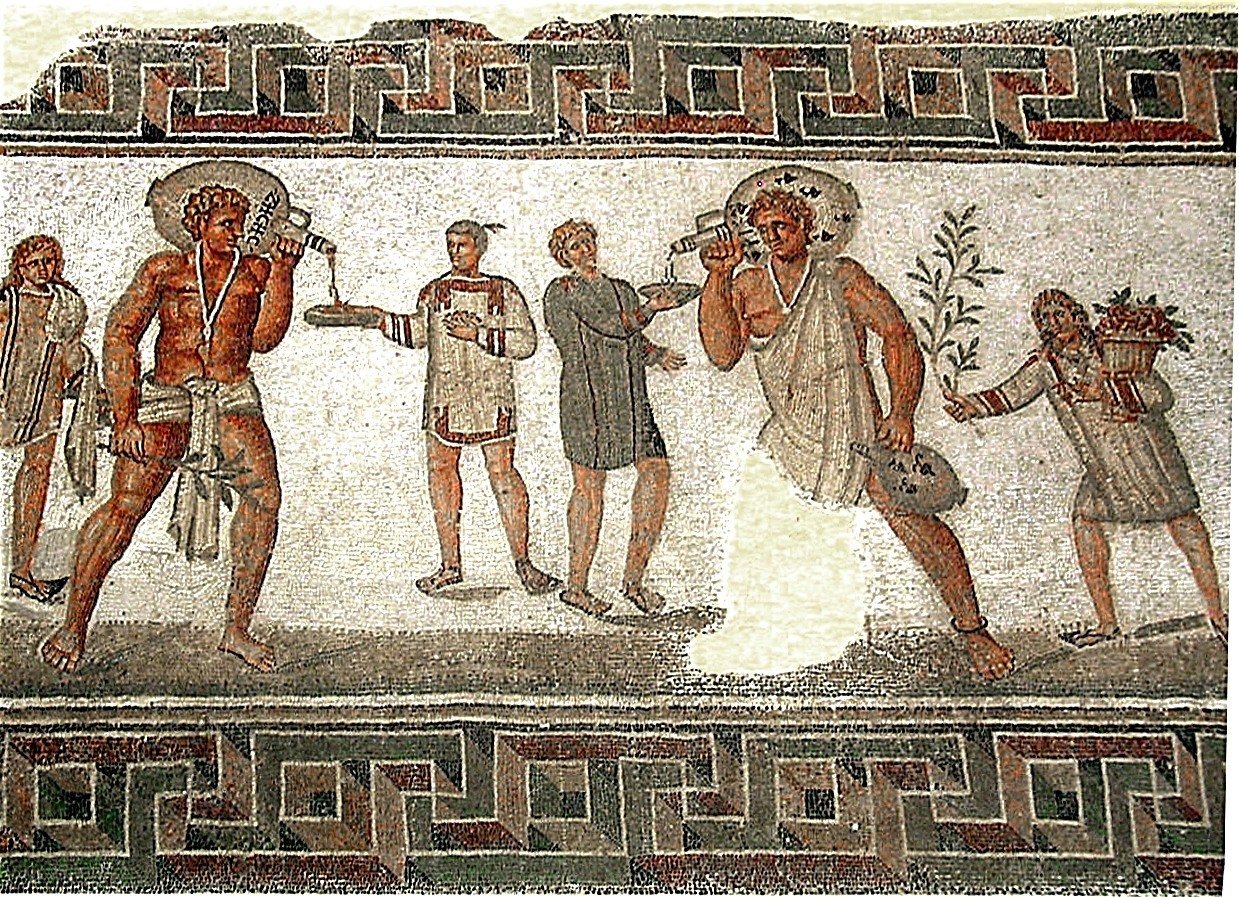
Image source: Wikimedia Commons
Two slaves are pouring wine from the jars
Roman mosaic from Dougga, Tunisia (2nd century AD)
Roman Republic's inclusive political institutions
Since 510 BC (when Roman King was overthrown)
Governed by multiple magistrates elected for a year
In 5th century BC
Plebeians (free citizens) refused to cooperate with magistrates
by withdrawing to a hill outside the city ("secession")
Plebeians gained the right to
(i) elect tribunes (who could veto the decision by magistrates)
(ii) enact laws in Plebeian Assembly
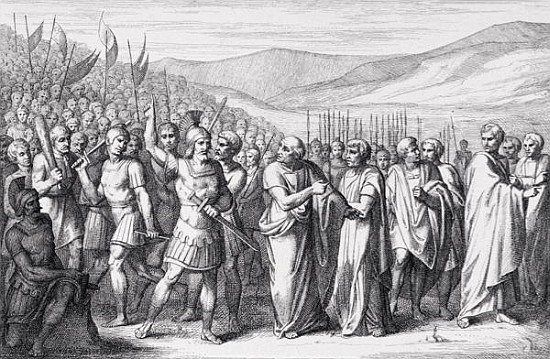
The Secession of the People to the Mons Sacer
engraved by B.Barloccini, 1849
Inclusive Economic Institutions
Economic Growth
Inclusive Political Institutions
Does the theory explain Roman Republic?
Was this sustainable?
?
Roman military conquest and its aftermath
Citizen-soldiers:
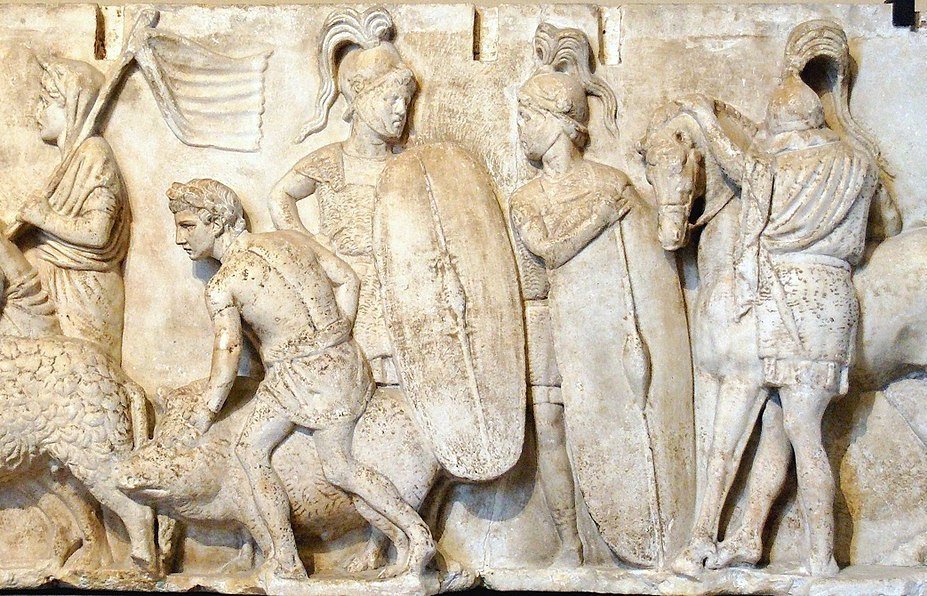
Small landowners in Italian peninsula
Source: Wikimedia Commons
Two Roman foot-soldiers
Part of the "Census frieze" of Altar of Domitius Ahenobarbus, late 2nd century BC.
Fought in the army when necessary
and returned to their plots
Roman military conquest and its aftermath (cont.)
As Roman Republic expanded its territory...
Source: Wikimedia Commons
Citizen-soldiers were away from their plots for years
Their plots were abandoned
& absorbed by the estates of senators (large landowners)
Decommissioned citizen-soldiers gathered in Rome
Inequality in landholding kept rising
Roman military conquest and its aftermath (cont.)
Tiberius Gracchus
elected as plebeian tribune in 133 BC
Source: Wikimedia Commons
Proposed to redistribute
land in excess of legal limit of 300 acres
to landless citizens
("Lex Sempronia Agraria")
Senators strongly objected and killed Tiberius
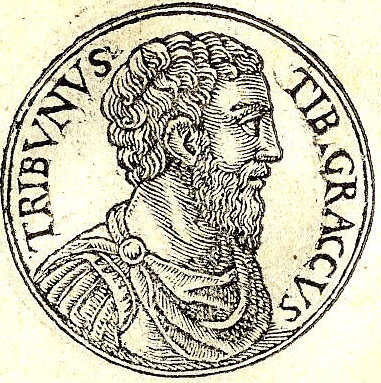
Tiberius himself attempted to ignore the constitutional constraints on himself, though (see Wikipedia)
cf. Franklin Roosevelt's attempt of court-packing in the 1930s
Collapse of inclusive political institutions
Throughout 1st century BC
Conflict continues between senators and plebeians
Lucius Cornelius Sulla
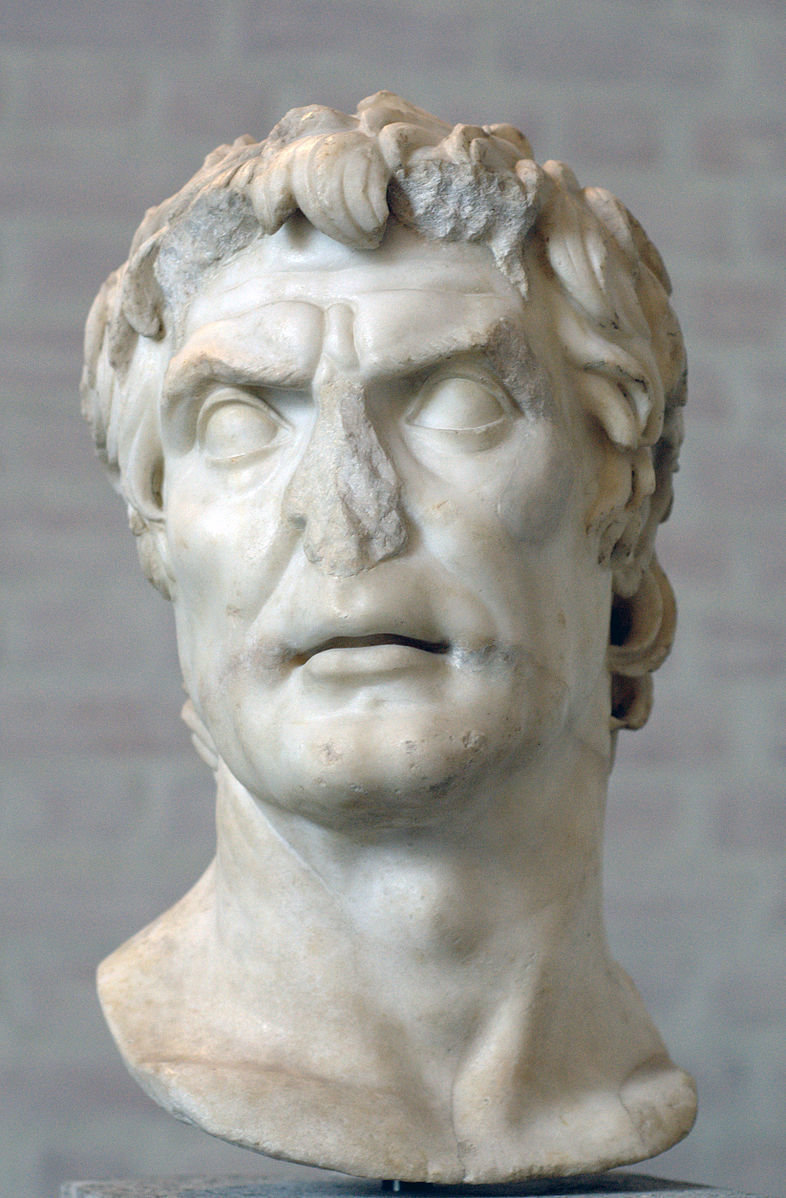
Source: Wikimedia Commons
82-80 BC

Source: Wikimedia Commons
Collapse of inclusive political institutions (cont.)
27 BC
Augustus became the Emperor
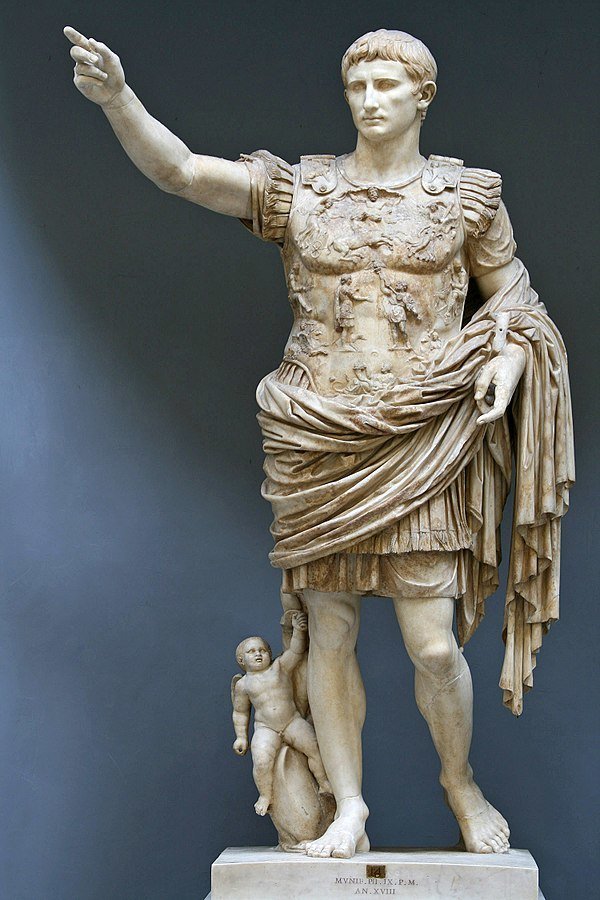
Source: Wikimedia Commons
with Plebeian Assembly marginalized
Inclusive
Extractive
Both
Plurality
and
Centralized
State
Either
Absolutist
or
Lack of
Centralization
That is...
Extractive economic institutions in Roman Empire
The state confiscated commoners' land
State lands accounted for half of the territory
Different laws applied to different categories of Roman citizens
Agricultura workers: tied to land
By the reign of Hadrian (AD 117-138)
Since the reign of Diocletian (AD 284-305)
Beginning of the feudalism (cf. Lecture 5)
| economic institutions | ||
|---|---|---|
| Secure for everyone |
Property rights | Insecure for majority of people |
| Free | Occupational choice |
Forced labor |
| Free | Entry of new businesses | Prevented by monopolies |
| Unbiased | System of laws | Biased for the powerful/rich |
| Promoted | Public service provision | Discouraged |
Economic Institutions
Inclusive
Extractive
Property rights
Secure for everyone
Insecure for
majority of people
Occupational choice
Free
Forced labor
Entry of
new businesses
Free
Prevented by
monopolies
System of laws
Unbiased
Biased for
the powerful / rich
Public service provision
Provided
Limited
That is...
Emperors resisted creative destruction
Tiberius (14 AD - 37 AD)
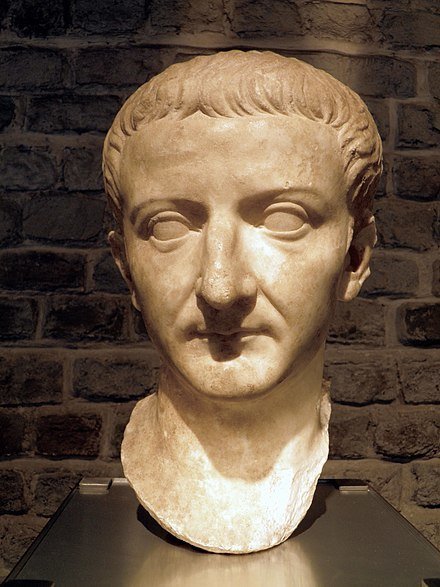
Source: Wikimedia Commons
killed an inventor of unbreakable glass
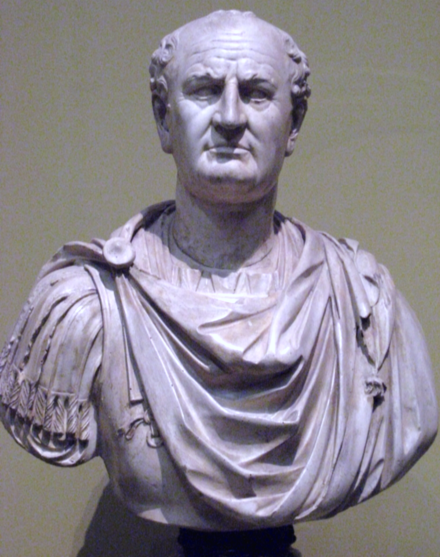
Vespasian (69 AD - 79 AD)
Source: Wikimedia Commons
refused to use a device to transport columns with small costs
cf. Lecture 3 (Elizabeth I, Kassel state); Lecture 4 (Ottoman sultans, Francis I, Nicholas I)
Extractive Economic Institutions
Economic Stagnation
Extractive Political Institutions
Does the theory explain Roman Empire?
?
Archaeological evidence #1
# of shipwrecks found in the Mediterranean
Before 500 BC

Image source: ansamed.info
Around AD 1
20
180
Consequence #1: Economic decline
AD 500
20

Rose after 500 BC
Peaked in AD 1c
Source: Figure 3 of McConnel et al. (2018)
Consequence #1: Economic decline (cont.)
Declined afterwards
Consequence #2: Civil wars
Didius Julianus killed Emperor Pertinax
and then killed by his guard
AD 193
Emperor Septimius Severus
waged wars against his rival claimants
AD 194-197
Since AD 180, civil wars or coups took place every decade
e.g.
By 3rd century AD
Every city had a defensive wall
Settlements in Gaul moved up on hilltops for effective defence
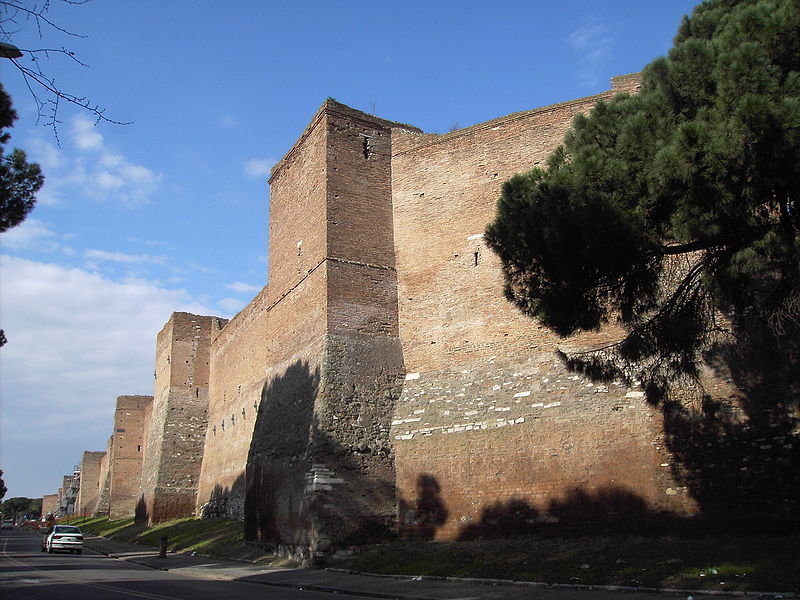
Image source: Wikimedia Commons
Aurelian Walls of Rome, built in 275 AD
Extractive Economic Institutions
Economic Stagnation
Extractive Political Institutions
Does the theory explain Roman Empire?
Open question:
What was missing in Venice and Rome?
Inclusive
institutions
Rule of law
Economic growth
with
income equality
Free Media
Next week
Prosperity without Inclusive Institutions?
Soviet Union
Neolithic Revolution
Mayan city-states
Week 15
Term paper workshop
Week 14
Chapter 5
Finland
Italy
Myanmar
Czechoslovakia
Rwanda
Your to-do list until next class
Read Chapter 5, pp. 91-95 (summary of Chapter 5), pp. 420-426, 437-446 (sections on China)
and post questions on Prulu
1
2
Continue working on your term paper
Politics through the Lens of Economics (2018): Lecture 13
By Masayuki Kudamatsu
Politics through the Lens of Economics (2018): Lecture 13
- 1,719



